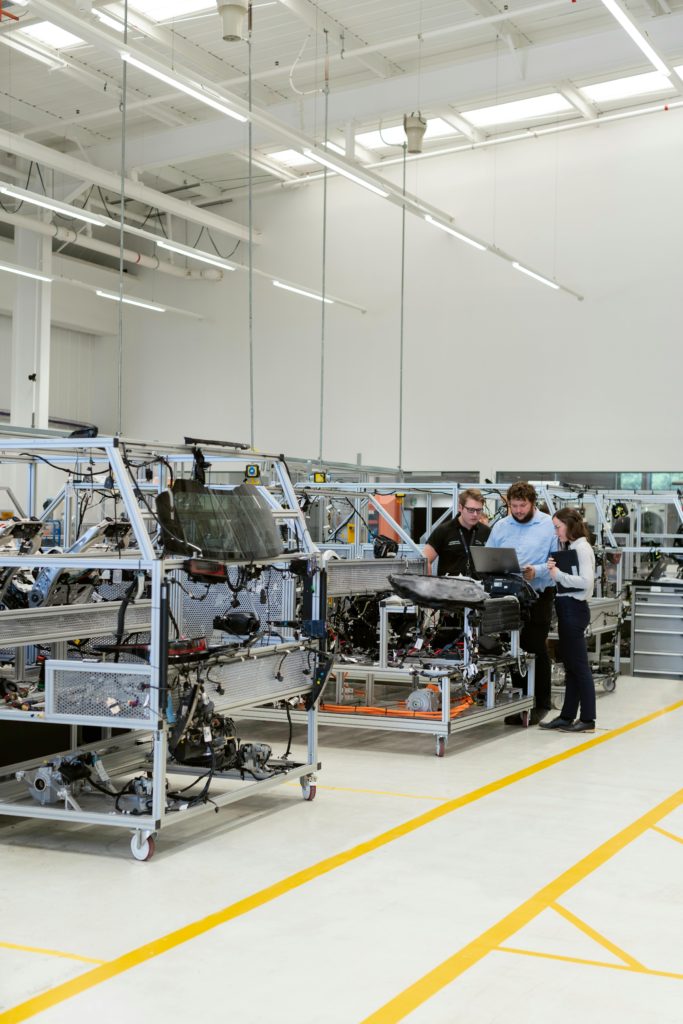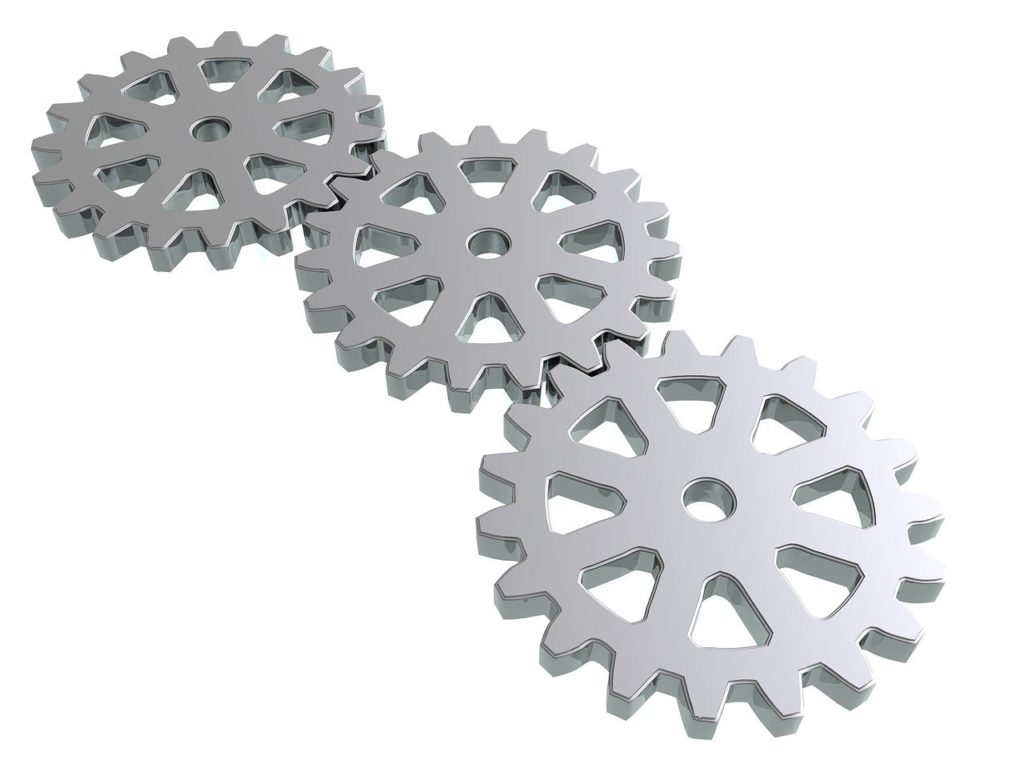
In the world of manufacturing, hydraulic press machines have emerged as indispensable tools for shaping, molding, and forming various materials with precision and efficiency. These machines utilize hydraulic pressure to exert immense force, enabling them to manipulate metals, plastics, composites, and other materials into desired shapes and sizes. Over the years, hydraulic press technology has witnessed significant tech advancements, driving improvements in productivity, accuracy, and versatility.
Additionally, the market for hydraulic press machines is greatly embracing Chinese manufacturers. These manufacturers are mostly leveraging on their expertise and competitive pricing to dominate the global landscape. Read more below:
Evolution of Hydraulic Press Technology
Hydraulic press machines have a rich history dating back to the 18th century. This is when Joseph Bramah invented the hydraulic press principle. However, it was in the 20th century that these machines gained widespread industrial adoption. They were particularly in heavy manufacturing sectors such as automotive, aerospace, and construction. Traditional hydraulic presses relied on basic hydraulic principles to generate force, but advancements in engineering and materials science have led to the development of more sophisticated designs.
One of the significant innovations in hydraulic press technology is the integration of computer numerical control (CNC) systems. CNC hydraulic presses offer precise control over the force exerted and the movement of the press ram. It enables manufacturers to achieve highly accurate results with minimal manual intervention. Furthermore, the incorporation of sensors, actuators, and feedback mechanisms has enhanced the safety, reliability, and efficiency of modern hydraulic press machines.
Latest Technological Advances In hydraulic Machines
In the dynamic landscape of manufacturing, staying at the forefront of technological innovation is paramount for companies. This is as they strive to maintain a competitive edge. Within this realm, hydraulic press machines, long revered for their ability to shape and mold materials with precision, have undergone a remarkable evolution driven by technological advancements. In this section, we delve into the latest breakthroughs transforming the capabilities of hydraulic press machines. From the integration of servo-electric drives to the utilization of advanced materials and coatings, these innovations are revolutionizing efficiency, precision, and versatility of hydraulic press technology.
Servo-Electric Drives Integration:
One of the most significant advancements in hydraulic press technology is the integration of servo-electric drives. Unlike traditional hydraulic systems, which rely on fluid power to generate force, servo-electric drives utilize electric motors to drive the press mechanism. This technology offers several advantages, including faster response times, precise control over force and speed, and energy efficiency. By replacing hydraulic components with electric counterparts, servo-electric hydraulic presses eliminate the need for hydraulic fluid. They are also reducing maintenance requirements and environmental impact. Manufacturers can program servo-electric presses to exert varying levels of force at different stages of the pressing process. This optimizes production efficiency and product quality.
Advanced Materials and Coatings:
Another area of innovation in hydraulic press technology is the development of high-strength materials and wear-resistant coatings for press components. Manufacturers are utilizing advanced alloys, ceramics, and composite materials to enhance the durability and performance of hydraulic press frames, rams, and dies. These materials offer superior strength, stiffness, and resistance to wear and corrosion. Therefore, they prolong the lifespan of hydraulic press machines and reduce maintenance costs. Additionally, the application of specialized coatings, such as diamond-like carbon (DLC) and ceramic coatings, further improves the surface hardness and friction resistance, minimizing frictional losses and enhancing overall efficiency.
Integration of Advanced Control Systems:
Modern hydraulic press machines are equipped with advanced control systems. This includes computer numerical control (CNC) and programmable logic controllers (PLCs), to ensure precise and reliable operation. These control systems allow manufacturers to program complex press sequences and monitor process parameters in real time. They can also make adjustments on the fly to optimize performance. Additionally, the integration of sensors, actuators, and feedback mechanisms provides valuable data insights, enabling predictive maintenance and process optimization. By leveraging advanced control systems, manufacturers can achieve tighter tolerances, higher productivity, and improved product quality, meeting the demands of today’s competitive manufacturing environment.
Automation and Robotics Integration:
Automation and robotics technologies are increasingly being integrated into hydraulic press systems to enhance productivity and flexibility. Automated loading and unloading systems, robotic manipulators, and vision-guided robotics enable seamless material handling and part positioning, reducing cycle times and operator intervention. Moreover, collaborative robots (cobots) are being deployed alongside hydraulic press machines. They assist with tasks such as part inspection, assembly, and packaging. By automating repetitive and labor-intensive processes, manufacturers can increase throughput, reduce labor costs, and improve workplace safety. The integration of automation and robotics also facilitates the implementation of flexible manufacturing systems. Therefore, allowing for rapid reconfiguration and adaptation to changing production requirements.
Chinese Dominance in the Hydraulic Press Market – 3 Major Reasons
The global manufacturing landscape has witnessed a seismic shift in recent decades. This is as China emerged as a powerhouse in various sectors, including the production of hydraulic press machines. In this section, we explore the factors contributing to Chinese dominance in the hydraulic press market. We will also look at the implications for the industry at large.
Manufacturing Capabilities and Technological Prowess:
China’s vast manufacturing capabilities and technological expertise have propelled its hydraulic press industry to the forefront of the global market. Chinese manufacturers have expanded their production capacity and invested in advanced manufacturing technologies, enabling them to offer a wide range of hydraulic press machines at competitive prices.
Research and Development Initiatives:
Chinese companies have demonstrated a commitment to innovation through substantial investments in research and development (R&D). Collaborations with academic institutions and industry partners have facilitated the development of cutting-edge technologies and the improvement of product quality, allowing Chinese manufacturers to stay ahead of the competition.
Government Support and Policy Initiatives:
The Chinese government has implemented supportive policies and initiatives to bolster the hydraulic press industry. Subsidies, tax incentives, and infrastructure investments have incentivized companies to invest in R&D and expand their operations. Initiatives like the “Made in China 2025” strategy aim to promote the development of high-tech industries, including advanced manufacturing equipment.
Implications for Global Competitors and the Economy
Chinese dominance in the hydraulic press market has significant implications for manufacturers in other countries and the broader global economy. While Chinese manufacturers offer competitive pricing and a wide range of products, concerns have been raised about issues such as intellectual property rights protection, fair trade practices, and product quality standards. Adherence to transparent and accountable business practices is essential for fostering trust among customers worldwide.
Challenges and Opportunities
Despite the challenges posed by issues such as intellectual property rights protection and product quality control, Chinese manufacturers are poised to maintain their leadership position in the hydraulic press market. Continued investments in technology, expansion into new markets, and adherence to international standards will be crucial for sustaining growth and ensuring long-term success.
Conclusion
Hydraulic press machines play a crucial role in modern manufacturing, offering unparalleled capabilities for shaping and forming a wide range of materials. The latest technological advancements, including CNC integration, servo-electric drives, and automation, have further enhanced the performance and efficiency of hydraulic press machines, driving innovation and market growth. Additionally, Chinese manufacturers have emerged as key players in the global hydraulic press market. They are leveraging their expertise and competitive pricing to dominate the industry. While Chinese dominance has led to concerns regarding fair competition and product quality, the overall impact of Chinese manufacturers on the hydraulic press market remains significant, shaping the future of manufacturing worldwide.

